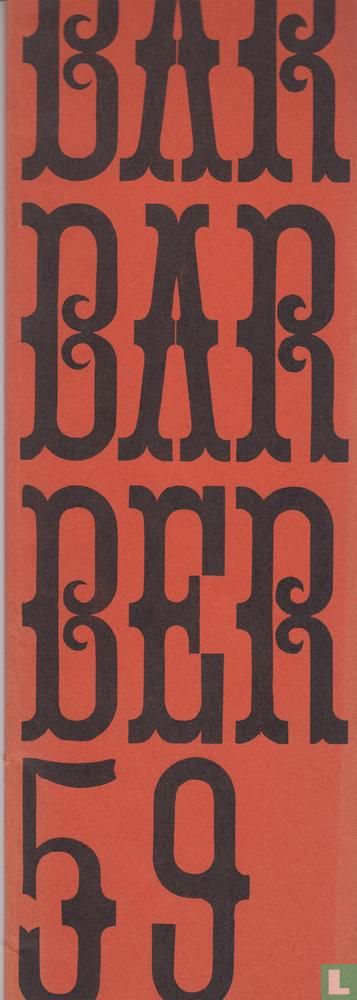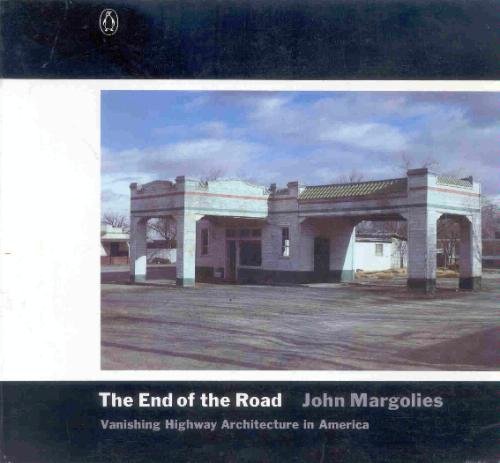K. Schippers was a Dutch poet (“Ja”), prose writer and art critic (Eb, 1992).
There are so many reasons to praise Schippers but I shall give only one. The magazine Barbarber (1958–71) which he co-founded and edited, introduced the nobrow sensibility to The Netherlands.
Nobrow means the appreciation and mixing of high and low culture, exemplified in the case of Barbarber on the high culture side by Duchamp, Satie, Schwitters and Carroll and at the low culture side by Krazy Kat, Laurel and Hardy, The Killing, Kiss Me Deadly at the low end.
The word barbarber is a portmanteau of barbaar (barbarian) and rabarber (rhubarb).



